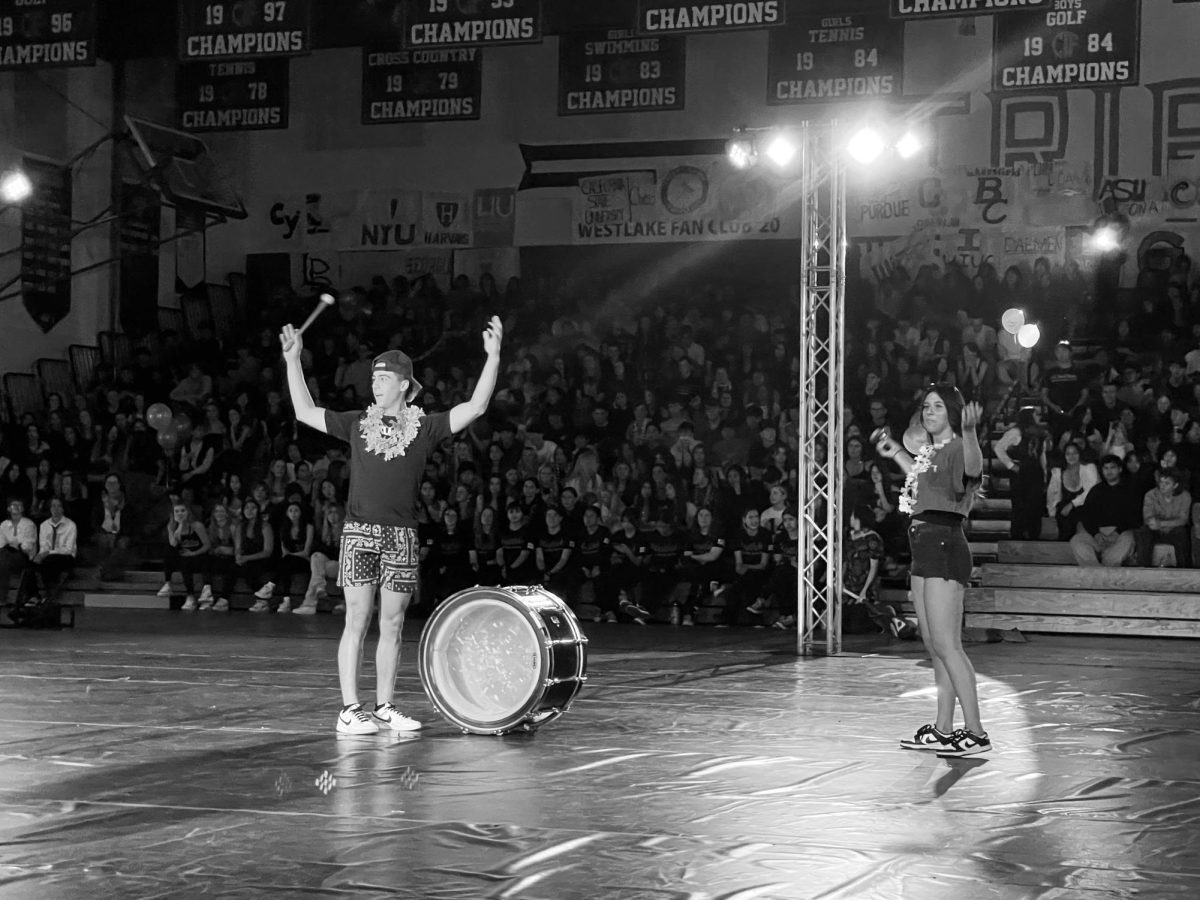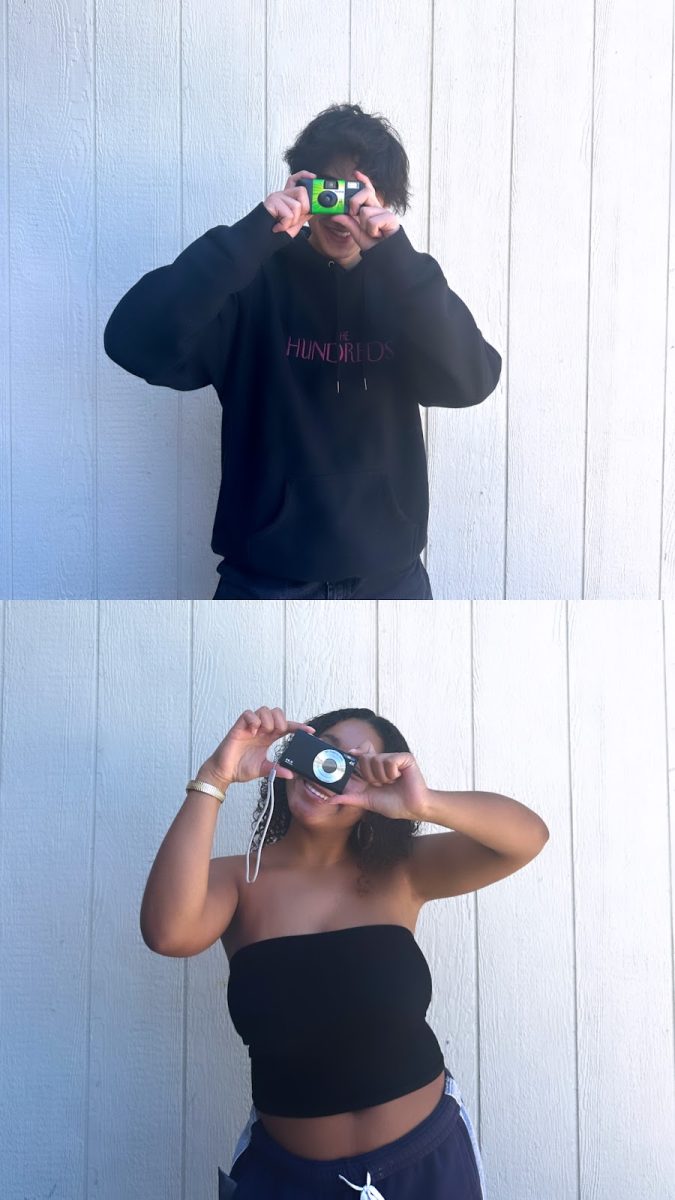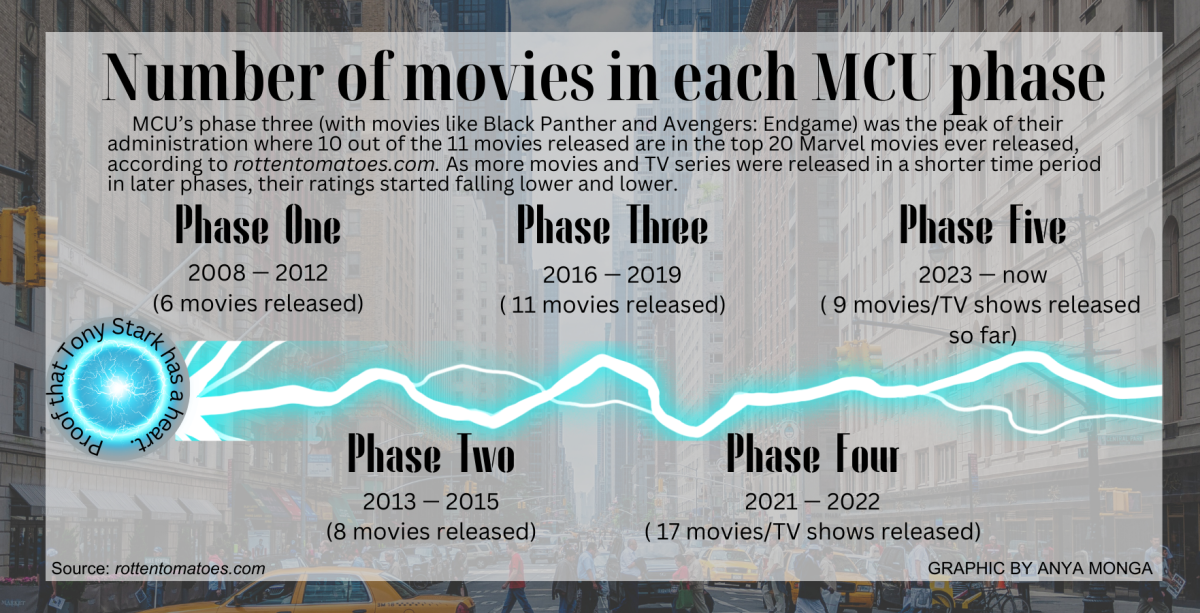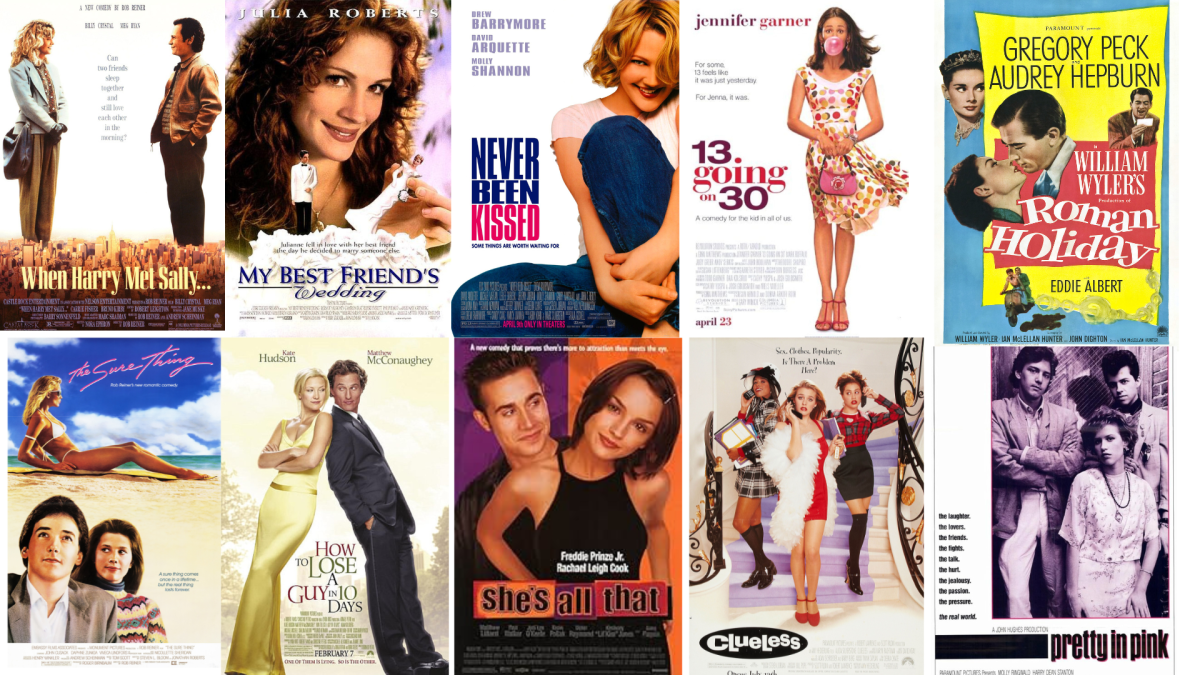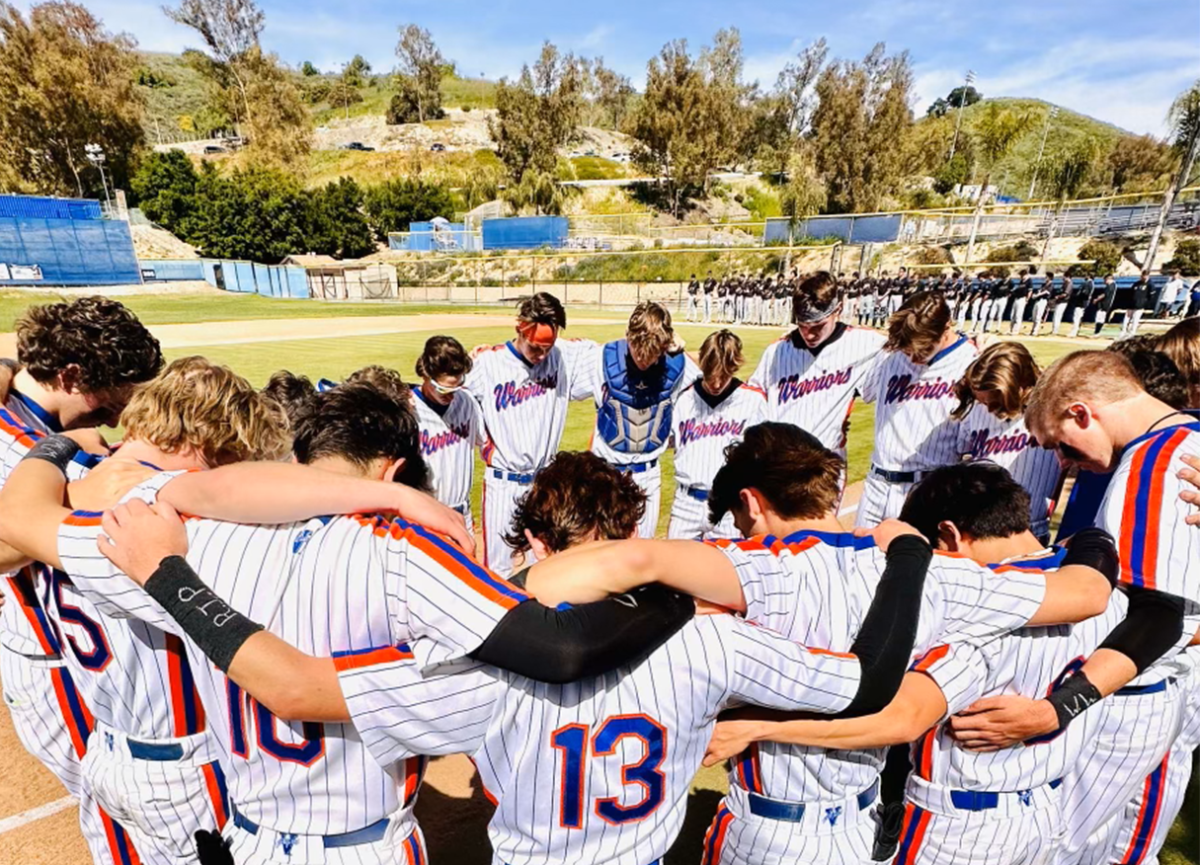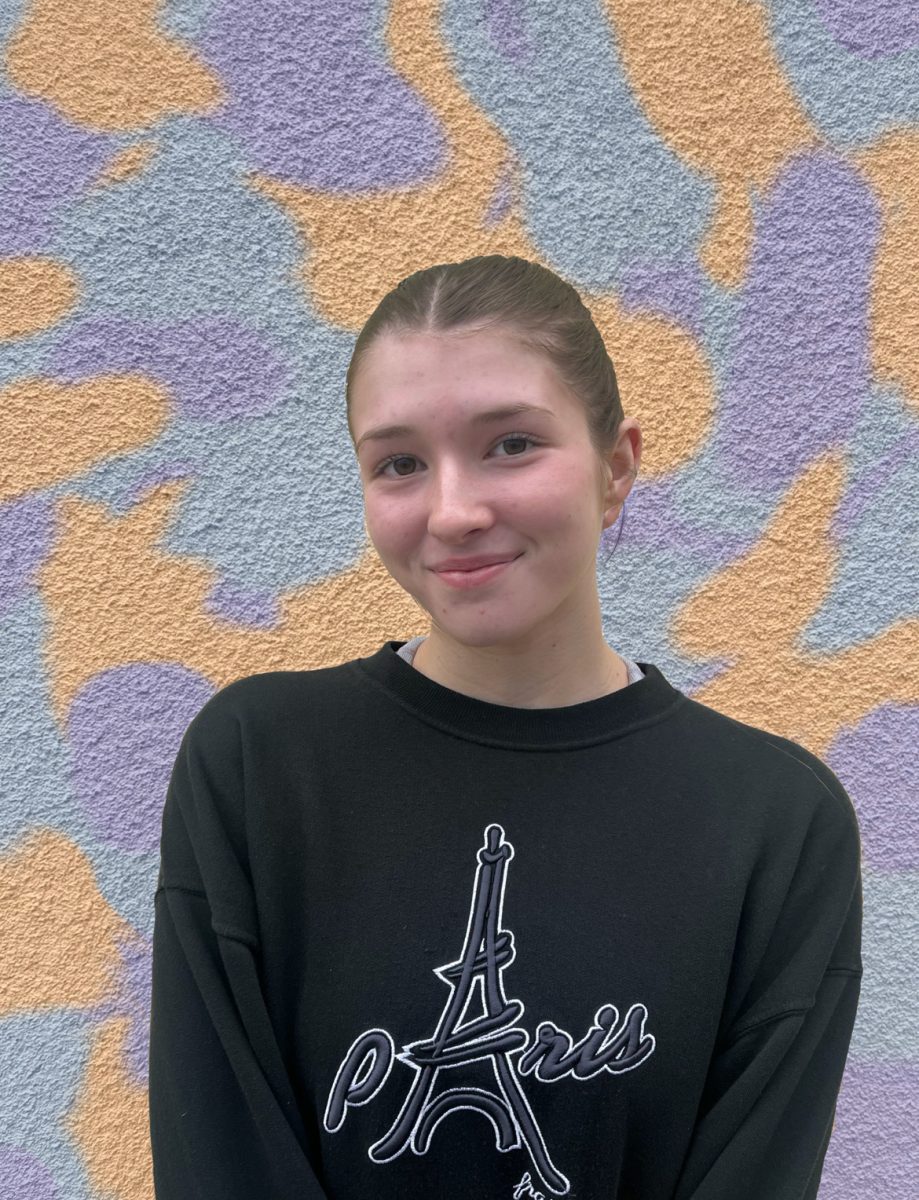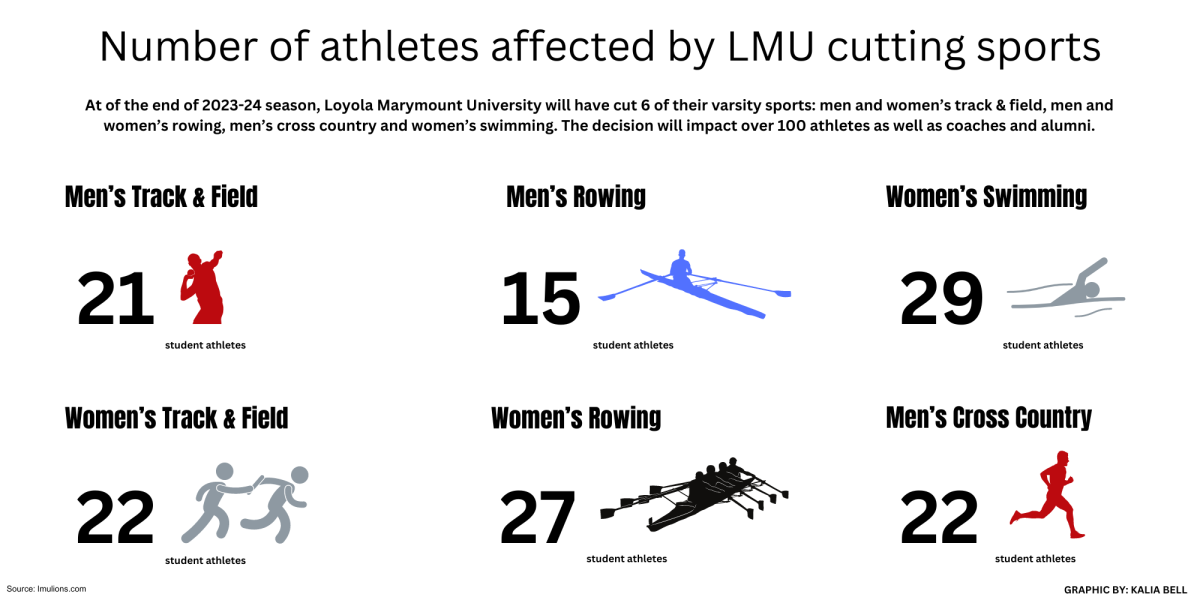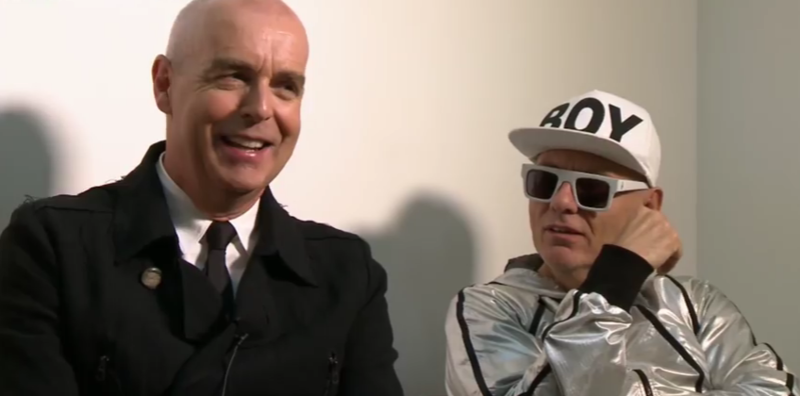Unrealistic standards in children shows
Barbie: Life in the Dreamhouse, The Little Mermaid, and Hannah Montana seem to only have one thing in common: they are children’s movies. While this is true, they have more in common than what first comes to mind. These productions pose unrealistic standards and toxic viewpoints that can impede a young child’s developing mind.
It is no surprise that the television shows and movies children watch at a young age affect the way they view themselves, others and society as a whole, in turn, creating expectations of life and the world around them. Adolescents are extremely impressionable and latch onto the ideas and images that they are fed on a daily basis.
This is not to say that children should not watch shows or movies. Not all children’s media are negative. Countless shows and movies intended for adolescents are great sources of entertainment, creativity and knowledge. However, the shows and movies that do contain unrealistic, toxic ideas or lifestyles can be extremely damaging to young, suggestible brains.
The tall, skinny, blonde hair, blue-eyed figure Barbie is perhaps one of the most popular children’s toys and TV series. Over the years, this doll has created unrealistic beauty standards, causing many young girls to grow up believing they need to achieve the same look in order for society to deem them attractive.
Similarly, The Little Mermaid includes issues of unrealistic body imaging. Ursula, a purple creature with bright blue eyeshadow, short white hair and a pop of red lipstick, is a large cecaelia, or half human half octopus. It just so happens that she is the only plus sized character and also the antagonist, or the “bad guy” of the plot. She is portrayed as flamboyant and maliciously devious, as she lies, cheats and deceives in order to win.
Plus–sized characters rendered as villains place a negative stigma on that specific body type, simultaneously creating harmful judgments and biases in adolescents’ minds. Including plus sized representation in media specifically made for children is great, unless it is done in a way that repeatedly paints ‘fat’ as ‘bad’.
The Hannah Montana TV series and movies tell stories of the unique and interesting double-life of Miley Stewart, a “normal teen” by day and Hannah Montana, a world famous pop star by night. Just like many other shows, this comedic, heartfelt story has a darker side, which shows that income has no limits and fame has no boundaries.
Of course, there are always two sides to every story and that is important to take into consideration. Although Hannah Montana paints an unrealistic lifestyle, she as a character also shows the importance of working hard for your goals, staying true to yourself and always having fun.
The entertainment industry has great power and needs to be extremely cautious with it. Straying away from childhood TV shows and movies that create false perceptions of life and a culture that demands perfection is essential to adolescents forming accurate world expectations. It is the media industry’s responsibility to produce appropriate content with positive messages and imagery for all young boys and girls to see themselves and their lives represented on the screen.
Your donation will support the student journalists of Westlake High School. Your contribution will allow us to purchase equipment and cover our annual website hosting costs.

she/her
Hi! I’m Sydney Elias, and I am currently The Arrow’s featured columnist and social media manager. I enjoy journalism as it provides me with...





